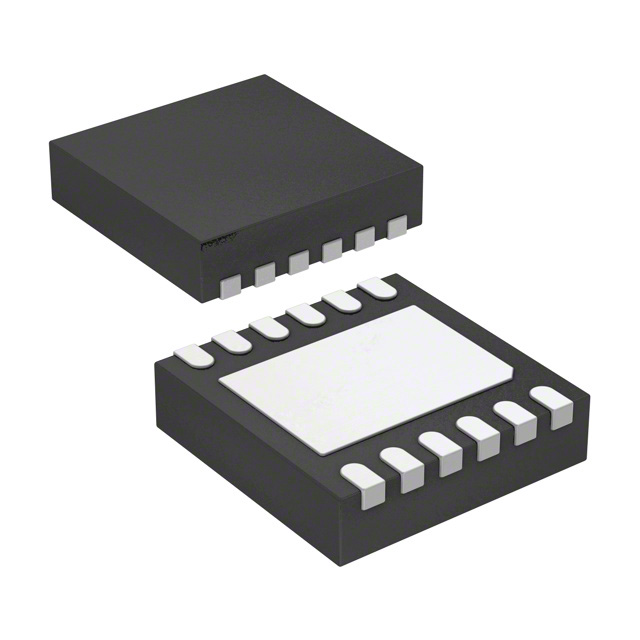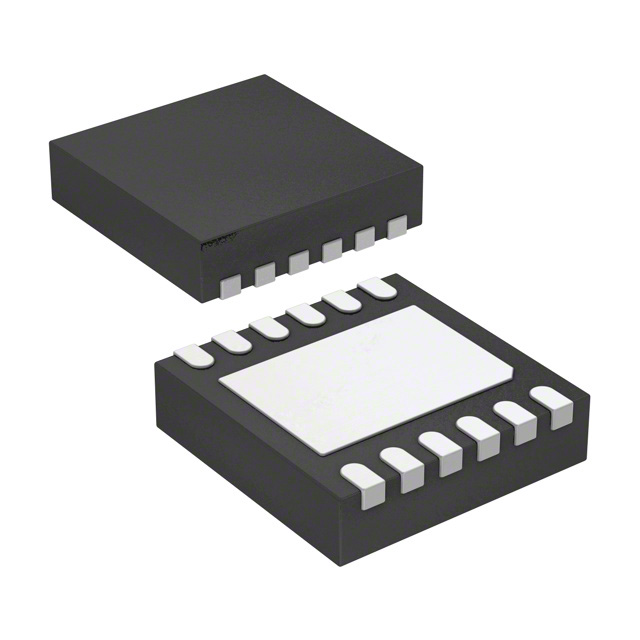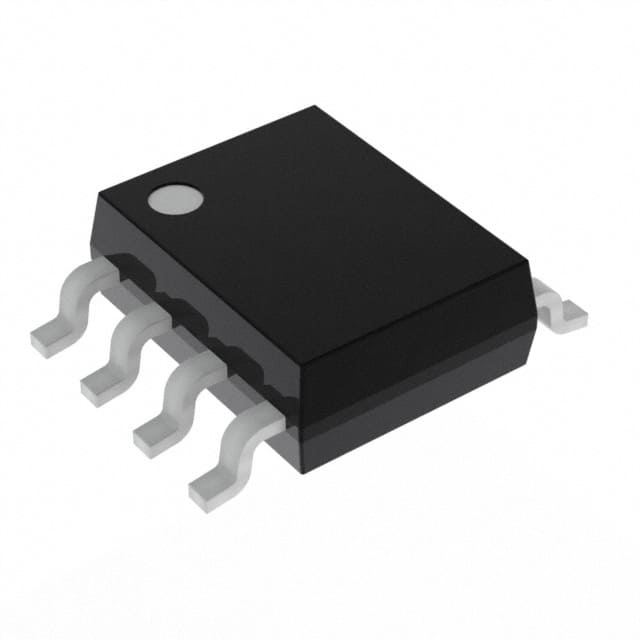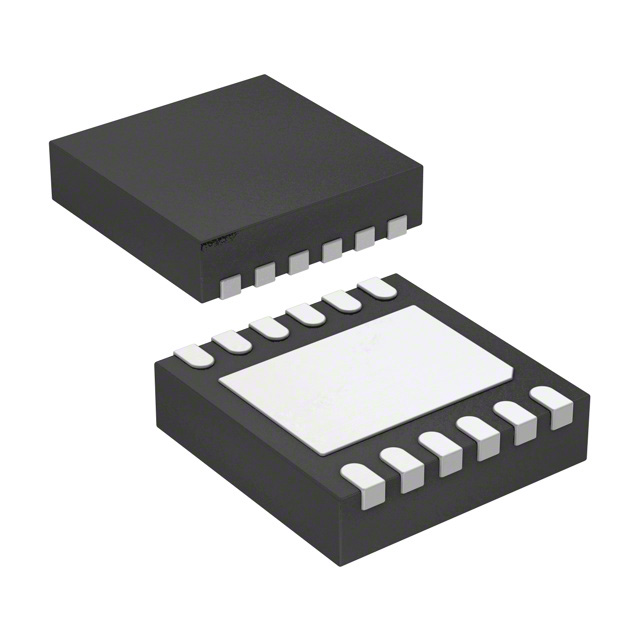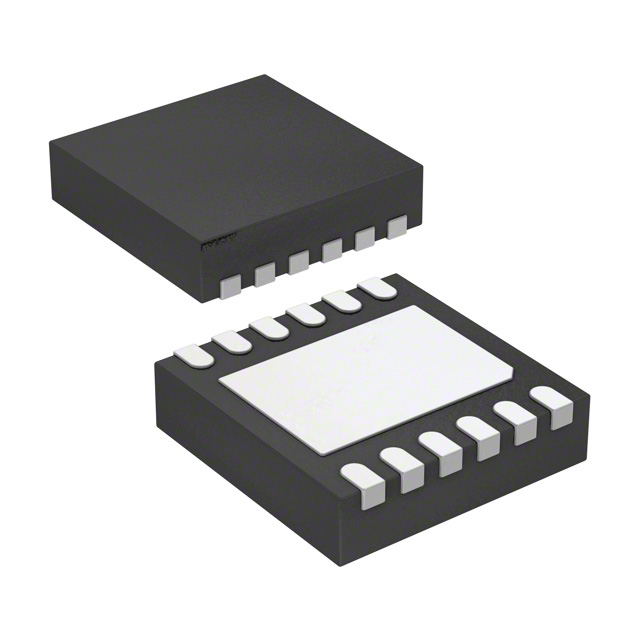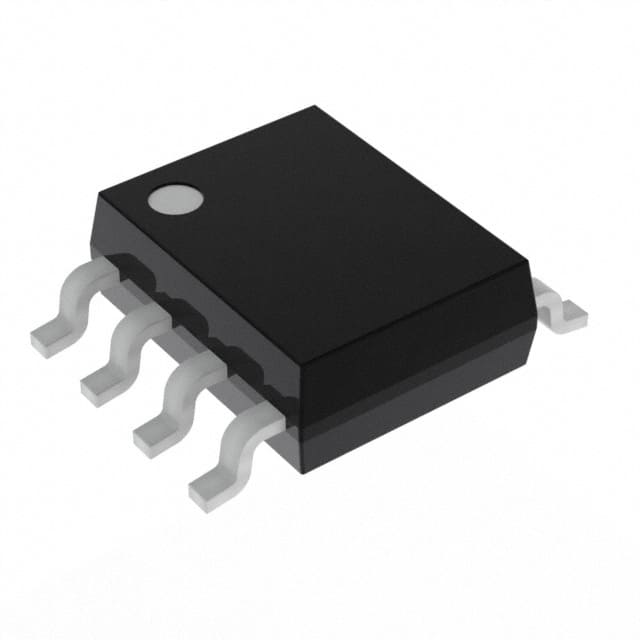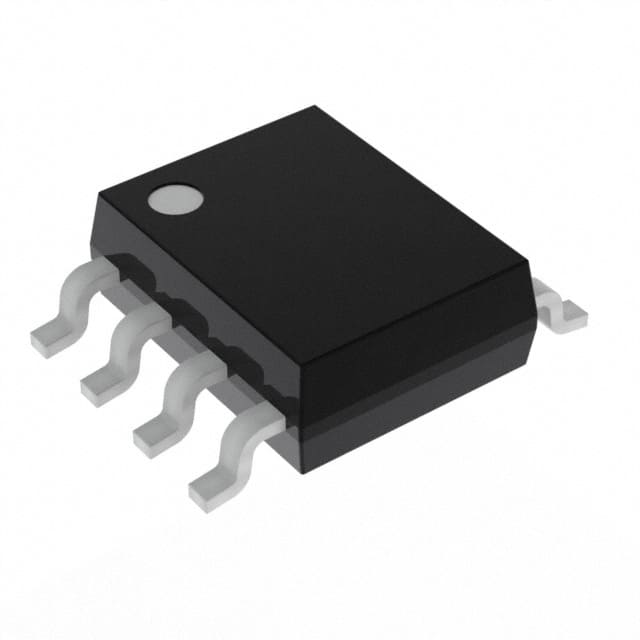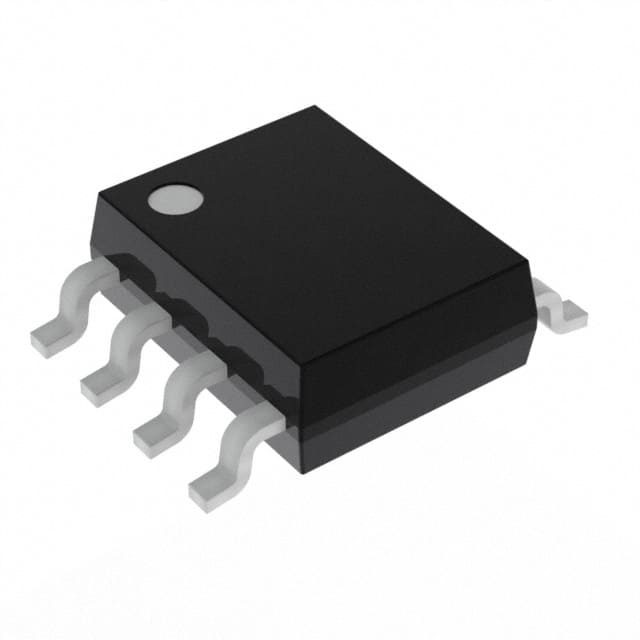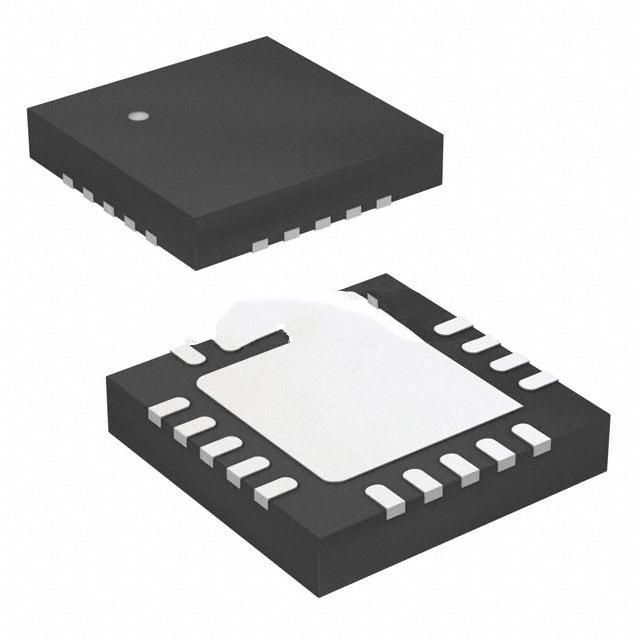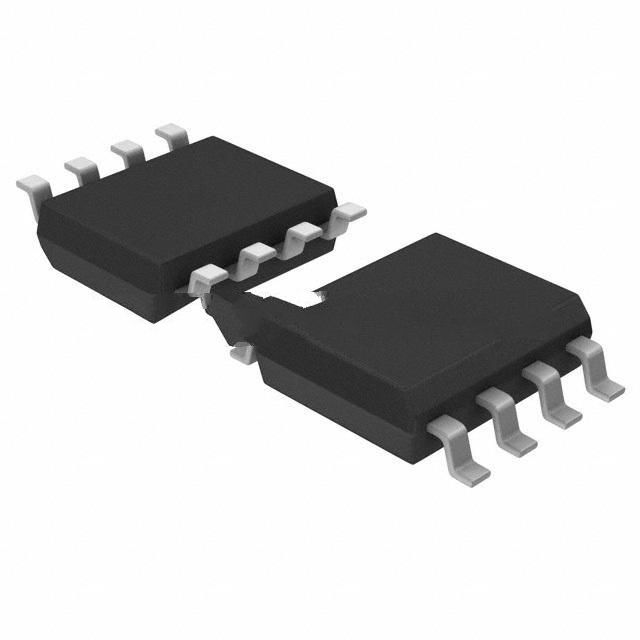Previous Chapter:IC 7408 vs IC 7432: Definition, Truth Table and Pin Diagram
Next Chapter:What is IC 741 Op Amp: Pin Diagram & Datasheet
Comparative analysis of MLX90297KLW-AAF-109-SP vs. MLX90297KLW-ABF-109-SP

Post Date:2024-07-25,Melexis Technologies NV
Temperature sensors play a critical role in modern electronics and automation systems, and the Melexis MLX90297 series are high-performance, high-accuracy temperature sensors used in a wide variety of industrial and consumer electronics applications. In this article, we will analyze the main features, performance parameters, application scenarios, advantages and disadvantages of MLX90297KLW-AAF-109-SP and MLX90297KLW-ABF-109-SP.
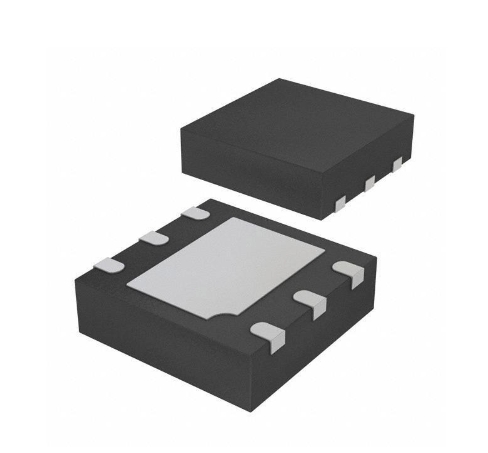
Wide temperature range: Operating temperatures range from -40°C to +150°C, making them suitable for use in a variety of harsh environments.
Digital outputs: I²C or SPI digital interfaces for easy connection to microprocessors or microcontrollers.
Low power consumption: Supports multiple power management modes for battery-powered devices.
Miniaturized package: Compact package size, suitable for space-constrained application scenarios.
Medical equipment: used in medical equipment for temperature monitoring and other applications that require high precision temperature control.
Automotive electronics: For temperature monitoring of key components in automotive engine management systems, battery management systems, and other critical components.
Smart Home: Used for ambient temperature monitoring in smart home devices to improve user experience.
Communication equipment: used for temperature monitoring of communication base stations and servers to ensure the stable operation of the system.
Advantages:

Product Overview
MLX90297KLW-AAF-109-SP and MLX90297KLW-ABF-109-SP belong to Melexis' series of high precision digital temperature sensors. They utilize advanced packaging technology to provide excellent temperature measurement accuracy and stability. The main difference between these two sensors is their output interface type and operating voltage range.Main Features
High Accuracy: Both sensors are capable of high accuracy temperature measurement, with typical accuracy of ±0.5°C. The sensors are available in a wide range of temperatures.Wide temperature range: Operating temperatures range from -40°C to +150°C, making them suitable for use in a variety of harsh environments.
Digital outputs: I²C or SPI digital interfaces for easy connection to microprocessors or microcontrollers.
Low power consumption: Supports multiple power management modes for battery-powered devices.
Miniaturized package: Compact package size, suitable for space-constrained application scenarios.
Performance Parameters
The following is a comparison of the main performance parameters of the two sensors:|
Parameter |
MLX90297KLW-AAF-109-SP |
MLX90297KLW-ABF-109-SP |
|
Operating Voltage |
2.7V to 5.5V |
2.7V to 5.5V |
|
Output Interface |
I²C |
SPI |
|
Temperature Measurement Range |
-40°C to +150°C |
-40°C to +150°C |
|
Typical Accuracy |
±0.5°C |
±0.5°C |
|
Resolution |
0.0625°C |
0.0625°C |
|
Conversion time |
Configurable, up to 15ms |
Configurable, up to 15ms |
|
Power Consumption |
Standby Mode <1μA, Operating Mode <300μA |
Standby Mode <1μA, Operating Mode <300μA |
|
Package Type |
SOIC-8 |
SOIC-8 |
Application Scenarios
Industrial automation: Suitable for temperature monitoring in factory automation systems to ensure that the equipment operates within a safe temperature range.Medical equipment: used in medical equipment for temperature monitoring and other applications that require high precision temperature control.
Automotive electronics: For temperature monitoring of key components in automotive engine management systems, battery management systems, and other critical components.
Smart Home: Used for ambient temperature monitoring in smart home devices to improve user experience.
Communication equipment: used for temperature monitoring of communication base stations and servers to ensure the stable operation of the system.
Advantages and disadvantages analysis
MLX90297KLW-AAF-109-SPAdvantages:
- I²C interface, strong compatibility, easy to integrate with other I²C devices.
- High precision and resolution, suitable for application scenarios requiring precise temperature control.
- I²C has slower transfer speeds than the SPI interface and may not be suitable for applications requiring high speed data transfer.
MLX90297KLW-ABF-109-SP
Pros:- Utilizes the SPI interface to support higher data transfer rates for applications requiring fast temperature response.
- Also offers high accuracy and resolution for demanding temperature measurements.
- The hardware design of the SPI interface is relatively complex and may require additional clock signal lines.
MLX90297KLW-AAF-109-SP and MLX90297KLW-ABF-109-SP Datasheet
MLX90297KLW-AAF-109-SP Datasheet
MLX90297KLW-ABF-109-SP Datasheet
Summary
The MLX90297KLW-AAF-109-SP and MLX90297KLW-ABF-109-SP are two high-performance temperature sensors with high accuracy, wide temperature range, and low power consumption. The choice of sensor depends largely on the requirements of the specific application. If the system has an existing I²C bus and does not require high transmission speeds, the MLX90297KLW-AAF-109-SP can be chosen; if higher data transmission rates are required or if the system is better suited for SPI interfaces, the MLX90297KLW-ABF-109-SP is the better choice. Whichever you choose, it will provide reliable temperature monitoring for your system.
Previous Chapter:IC 7408 vs IC 7432: Definition, Truth Table and Pin Diagram
Next Chapter:What is IC 741 Op Amp: Pin Diagram & Datasheet

